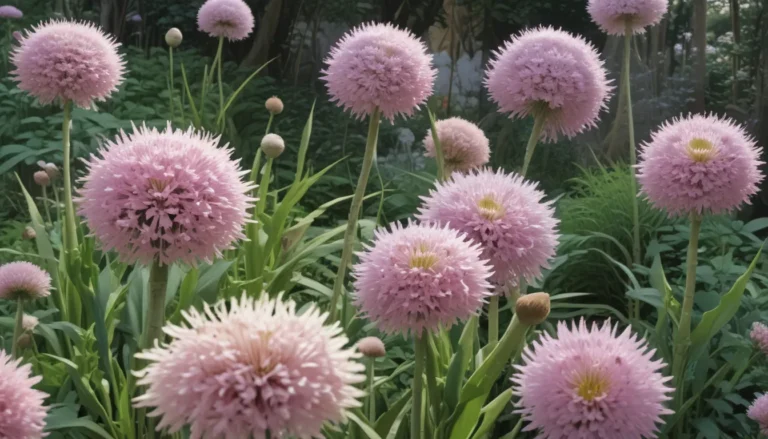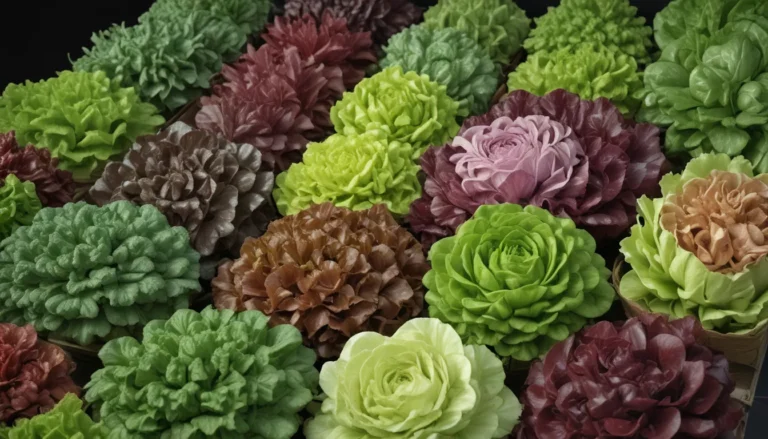How to Effectively Prevent and Control Powdery Mildew on Apple Trees

Are you a proud apple tree owner, but struggling with the pesky powdery mildew that seems to plague your beautiful tree? If so, you’re not alone. Powdery mildew, caused by Podosphaera leucotricha, can wreak havoc on both cultivated and wild apple and crabapple trees. This prevalent disease affects apple trees worldwide and can lead to severe damage if left unchecked.
In this comprehensive guide, we’ll delve into the world of powdery mildew on apple trees and explore effective prevention and control strategies to help you combat this fungal infection. From understanding the symptoms of primary infections to implementing cultural controls and using fungicides, we’ve got you covered with valuable information to safeguard your apple trees.
Symptoms of Primary Infections
One of the first signs of a powdery mildew infection on apple trees is the delayed opening of infected buds in the spring. These buds will be covered with characteristic spores, which give them a white or light gray powdery appearance. As the disease progresses, the leaves, blossoms, and new shoots of the tree become covered with fungal spores, leading to curling of the leaves and abnormal development of flowers. Infected flowers are typically greenish-white and fail to produce fruit.
To effectively diagnose a powdery mildew infection, check for the following symptoms:
- Delayed opening of buds
- White or light gray powdery spores on buds, leaves, and blossoms
- Curling of leaves
- Abnormal flower development
- Lack of fruit production
An Infection That Won’t Stop
Powdery mildew spores are easily spread by the wind and can cause secondary infections on new shoots, leaves, and fruit. These infections typically occur at night under specific temperature and humidity conditions, leading to the proliferation of the disease. The undersides of the leaves are usually the first to show signs of infection, appearing as chlorotic spots on the top of the leaves. Over time, infected tissues develop a silver-gray powdery appearance, and infected fruit may exhibit discoloration, distortion, and dwarfing.
Severe powdery mildew infections can damage the tree in multiple ways, including:
- Increased number of infected buds for the following season
- Inhibition of flower bud formation, leading to reduced or no fruit production
- Increased susceptibility to other infections
Cultural Controls
Implementing cultural controls is an essential component of managing powdery mildew on apple trees. Pruning and removing infected shoots in the early spring can prevent the spread of spores. Additionally, disinfecting pruning shears between trees and destroying all infected plant parts can help contain the disease.
Other cultural practices to consider include:
- Avoiding excessive fertilizer use, especially in late summer
- Planting trees in sunny areas to reduce humidity and improve air circulation
Fungicides
While cultural controls are valuable, fungicides are often necessary to effectively manage powdery mildew on apple trees. Choosing fungicides labeled for use on fruit trees is essential to ensure safe and effective treatment. Low-toxicity options such as horticultural oils (e.g., neem oil) and classic fungicides (e.g., myclobutanil) can be effective against powdery mildew.
Key fungicides for powdery mildew control include:
- AzaGuard Neem Oil
- MilStop Foliar Fungicide
- Bonide Sulfur Fungicide
- Bordeaux mixture (copper sulfate and lime)
Starting treatment early in the season, before blossom development, is crucial for optimal control. Regular fungicide applications at two to three week intervals until new shoots stop growing can help manage the disease effectively.
Prevention
Preventative measures play a vital role in protecting apple trees from powdery mildew. Sulfur fungicides and potassium bicarbonate can be used proactively to prevent the disease before symptoms appear. Planting resistant apple cultivars is also an effective long-term strategy to minimize powdery mildew risk.
Resistant apple cultivars include:
- Braeburn
- Britegold
- Delicious
- Enterprise
- Fuji
- Gala
- Jonafree
- Nittany
- Winesap
Apple Crop Risk
While apple powdery mildew may not kill the crop, it can severely impact tree health and fruit production. Understanding the symptoms of the disease and taking proactive measures to control it are essential for maintaining healthy apple trees. Regular monitoring, timely fungicide applications, and proper cultural practices can help minimize the risk of powdery mildew infections.
In conclusion, combating powdery mildew on apple trees requires a combination of cultural controls, fungicides, and preventative strategies. By following the guidelines outlined in this article, you can effectively prevent and control powdery mildew, ensuring the health and productivity of your beloved apple trees. Share your experiences and tips for managing powdery mildew in the comments below!
Remember, a healthy apple tree is a happy apple tree!





